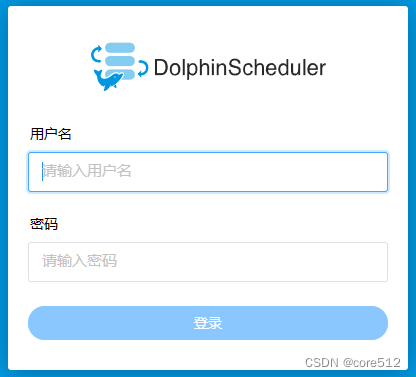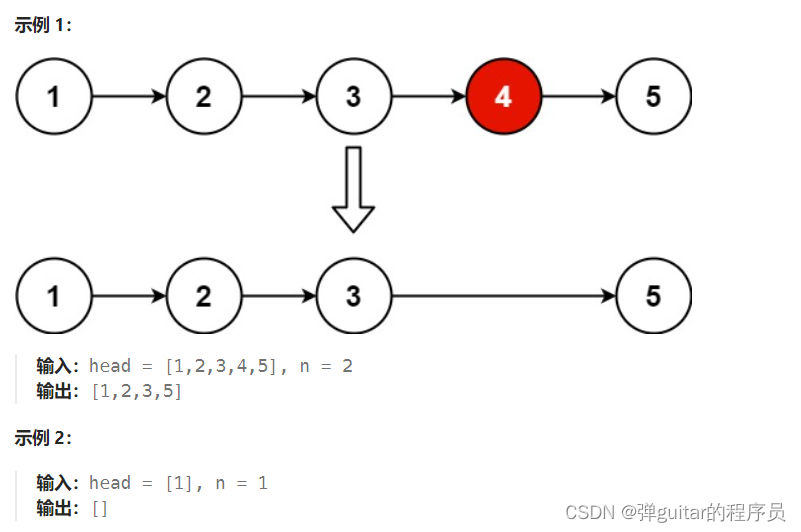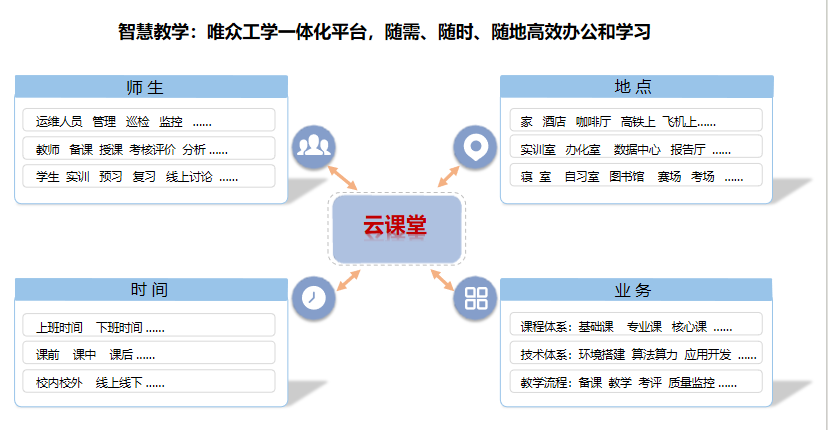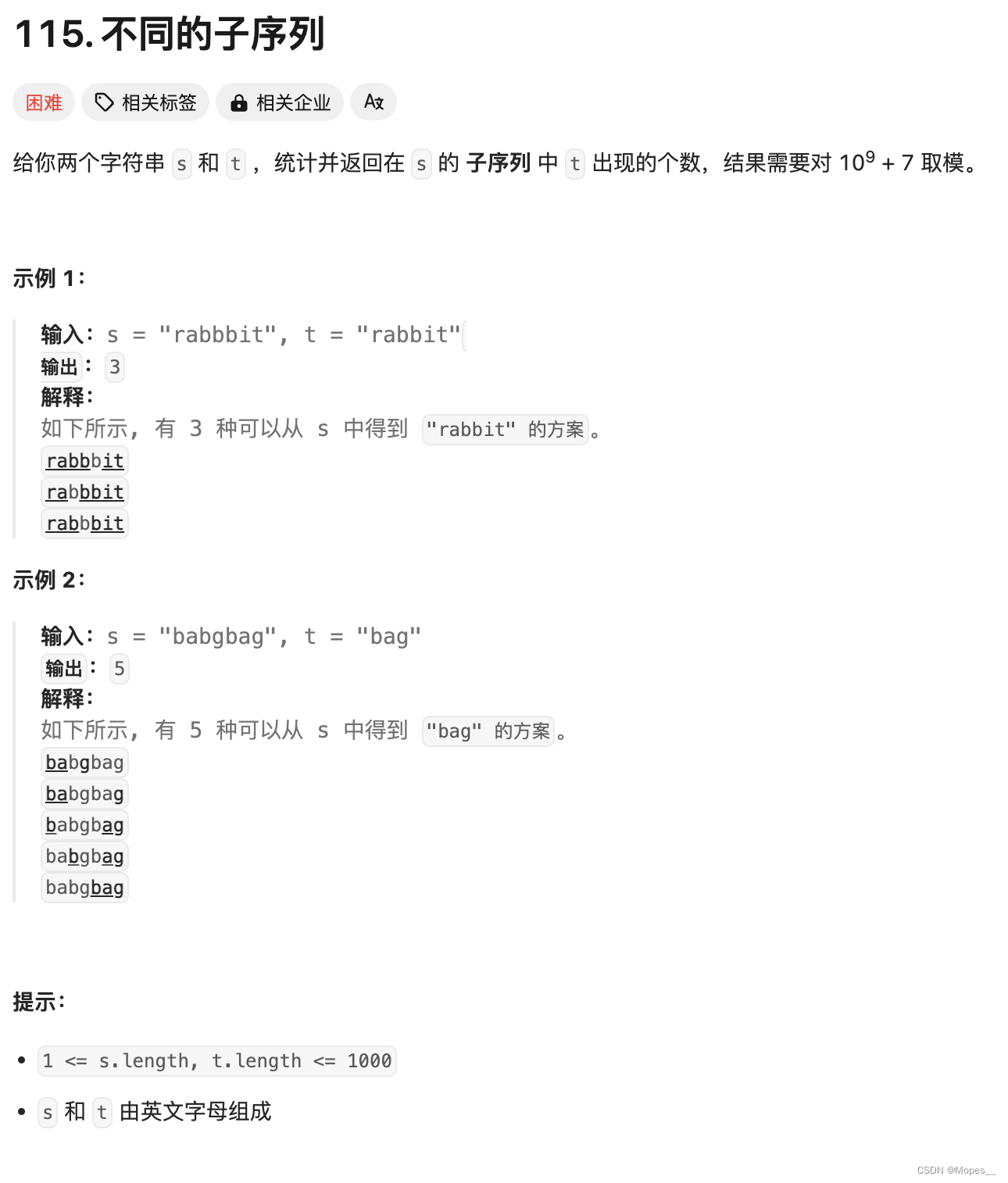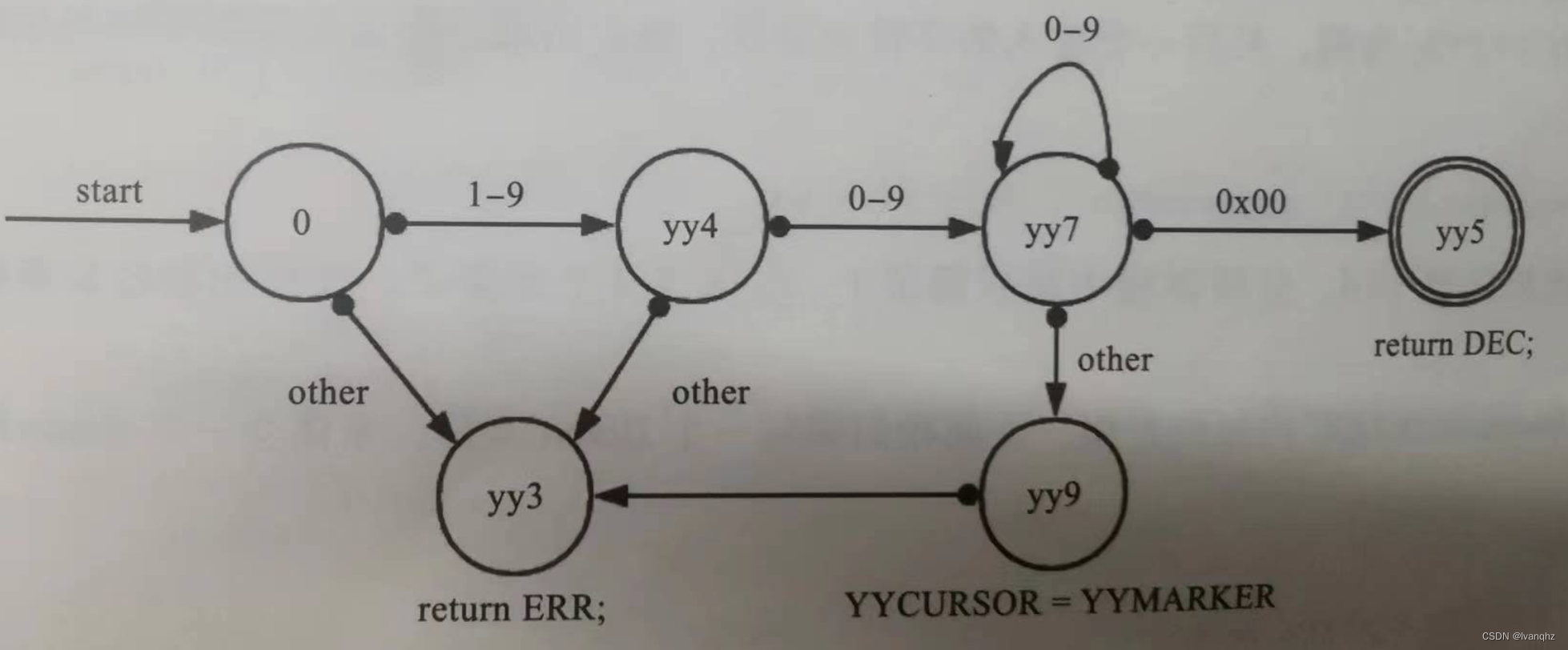2.1.3 综合案例
学习目标
这一节,我们从 免密认证、脚本实践、小结 三个方面来学习
免密认证
案例需求
A 以主机免密码认证 连接到 远程主机B

我们要做主机间免密码认证需要做三个动作
1、本机生成密钥对
2、对端机器使用公钥文件认证
3、验证
手工演示
本地主机生成秘钥对
[root@localhost ~]# ssh-keygen -t rsa -P "" -f ~/.ssh/id_rsa
Generating public/private rsa key pair.
Created directory '/root/.ssh'.
Your identification has been saved in /root/.ssh/id_rsa.
Your public key has been saved in /root/.ssh/id_rsa.pub.
The key fingerprint is:
SHA256:Ncra/fPpaVs+M18l9Kn7CQq33zmWQSoJ/ujuugCkNjM root@localhost
The key's randomart image is:
+---[RSA 2048]----+
| |
| |
| . o . |
| o . + . . o.|
| E . S . . +.o|
|. + . o o o ..o.|
| .. ..+..o =|
| . .oo+ =%+|
| o*+ ooBO*O|
+----[SHA256]-----+
将公钥信息传递给远程主机的指定用户
[root@localhost ~]# ssh-copy-id -i /root/.ssh/id_rsa.pub root@10.0.0.12
/usr/bin/ssh-copy-id: INFO: Source of key(s) to be installed: "/root/.ssh/id_rsa.pub"
The authenticity of host '10.0.0.12 (10.0.0.12)' can't be established.
ECDSA key fingerprint is SHA256:XUJsgk4cTORxdcswxIKBGFgrrqFQzpHmKnRRV6ABMk4.
ECDSA key fingerprint is MD5:71:74:46:50:3f:40:4e:af:ad:d3:0c:de:2c:fc:30:c0.
Are you sure you want to continue connecting (yes/no)? yes
/usr/bin/ssh-copy-id: INFO: attempting to log in with the new key(s), to filter out any that are already installed
/usr/bin/ssh-copy-id: INFO: 1 key(s) remain to be installed -- if you are prompted now it is to install the new keys
root@10.0.0.12's password:
Number of key(s) added: 1
Now try logging into the machine, with: "ssh 'root@10.0.0.12'"
and check to make sure that only the key(s) you wanted were added.
本地主机测试验证效果
[root@localhost ~]# ssh root@10.0.0.12 "ifconfig eth0 | grep netmas"
inet 10.0.0.12 netmask 255.255.255.0 broadcast 10.0.0.255
简单实践
remotehost_sshkey_auth.sh
#!/bin/bash
# 功能:设置ssh跨主机免密码认证
# 版本:v0.1
# 作者:书记
# 联系:www.superopsmsb.com
# 定制普通变量
user_dir="/root"
login_uesr='root'
login_pass='123456'
# 定制数组变量
target_type=(部署 免密 退出)
# 定制安装软件的函数
expect_install(){
yum install expect -y >> /dev/null
echo "软件安装完毕"
}
# 定制ssh秘钥对的生成
sshkey_create(){
# 清理历史秘钥
[ -d ${user_dir}/.ssh ] && rm -rf ${user_dir}/.ssh
# 生成新的秘钥
ssh-keygen -t rsa -P "" -f ${user_dir}/.ssh/id_rsa >> /dev/null
echo "秘钥生成完毕"
}
# 定制expect的认证逻辑
expect_process(){
# 注意:这里不要乱用$1,可以参考函数和脚本间的数组传参
command="$@"
expect -c "
spawn ${command}
expect {
\"*yes/no*\" {send \"yes\r\"; exp_continue}
\"*password*\" {send \"${login_pass}\r\"; exp_continue}
\"*Password*\" {send \"${login_pass}\r\";}
}"
}
# 跨主机密码认证
sshkey_auth(){
local host_list="$1"
for i in ${host_list}
do
command="/usr/bin/ssh-copy-id -i /root/.ssh/id_rsa.pub"
remote="${login_uesr}@$i"
expect_process ${command} ${remote}
done
}
# 定制服务的操作提示功能函数
menu(){
echo -e "\e[31m---------------管理平台操作界面---------------"
echo -e " 1: 秘钥准备 2: 免密认证 3: 退出操作"
echo -e "-------------------------------------------\033[0m"
}
# 定制脚本帮助信息
Usage(){
echo "请输入有效的操作标识!!!"
}
# 定制业务逻辑
while true
do
menu
read -p "> 请输入要操作的目标类型: " target_id
if [ ${target_type[$target_id-1]} == "部署" ];then
echo "开始部署秘钥环境..."
expect_install
sshkey_create
elif [ ${target_type[$target_id-1]} == "免密" ];then
read -p "> 请输入免密10.0.0网段主机的范围,示例{12..19}: " num_list
# eval的隐藏命令解析
ip_list=$(eval echo 10.0.0.${num_list})
sshkey_auth ${ip_list}
elif [ ${target_type[$target_id-1]} == "退出" ];then
echo "准备退出管理操作界面..."
exit
else
Usage
fi
done
脚本执行效果
[root@localhost ~]# /bin/bash remotehost_sshkey_auth.sh
---------------管理平台操作界面---------------
1: 秘钥准备 2: 免密认证 3: 退出操作
-------------------------------------------
> 请输入要操作的目标类型: 1
开始部署秘钥环境...
软件安装完毕
秘钥生成完毕
---------------管理平台操作界面---------------
1: 秘钥准备 2: 免密认证 3: 退出操作
-------------------------------------------
> 请输入要操作的目标类型: 2
> 请输入免密10.0.0网段主机的范围,示例{12..19}: {12..13}
spawn /usr/bin/ssh-copy-id -i /root/.ssh/id_rsa.pub root@10.0.0.12
/usr/bin/ssh-copy-id: INFO: Source of key(s) to be installed: "/root/.ssh/id_rsa.pub"
/usr/bin/ssh-copy-id: INFO: attempting to log in with the new key(s), to filter out any that are already installed
/usr/bin/ssh-copy-id: INFO: 1 key(s) remain to be installed -- if you are prompted now it is to install the new keys
root@10.0.0.12's password:
Number of key(s) added: 1
Now try logging into the machine, with: "ssh 'root@10.0.0.12'"
and check to make sure that only the key(s) you wanted were added.
---------------管理平台操作界面---------------
1: 秘钥准备 2: 免密认证 3: 退出操作
-------------------------------------------
> 请输入要操作的目标类型: 3
准备退出管理操作界面...
小结
